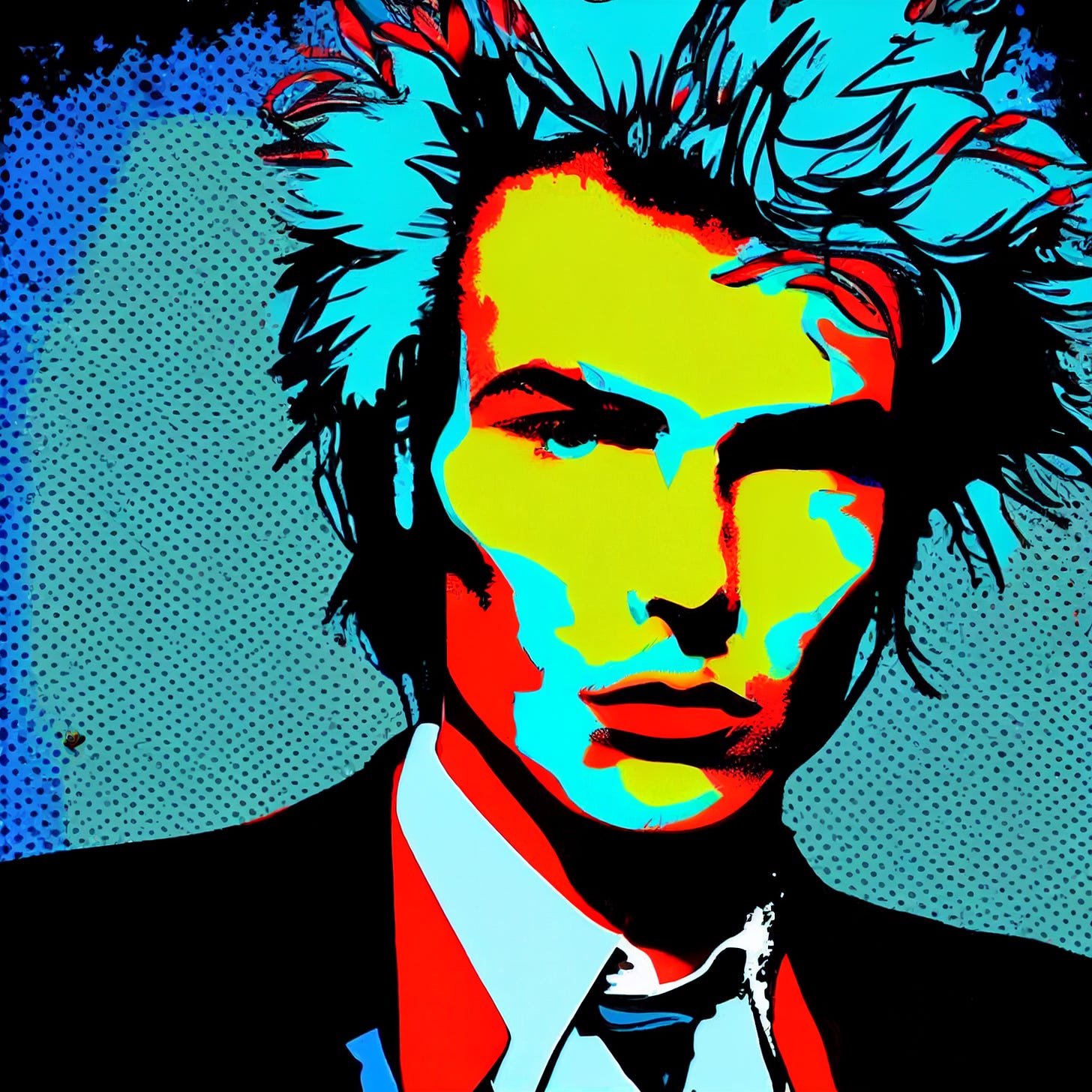Smells Like Team Spirit: The Punk Movement as a Paradigm for Justice Tech and DIY Legal
This past weekend, I took a road trip with my wife and 15 year old daughter to Seattle. It had been several years since we visited the home of Starbucks, Microsoft and grunge due to the pandemic and we were excited to get away. We stayed several blocks from Pike Place Market in the heart of downtown. My daughter suggested we visit the Museum of Pop Cult…
Keep reading with a 7-day free trial
Subscribe to LawDroid Manifesto to keep reading this post and get 7 days of free access to the full post archives.



